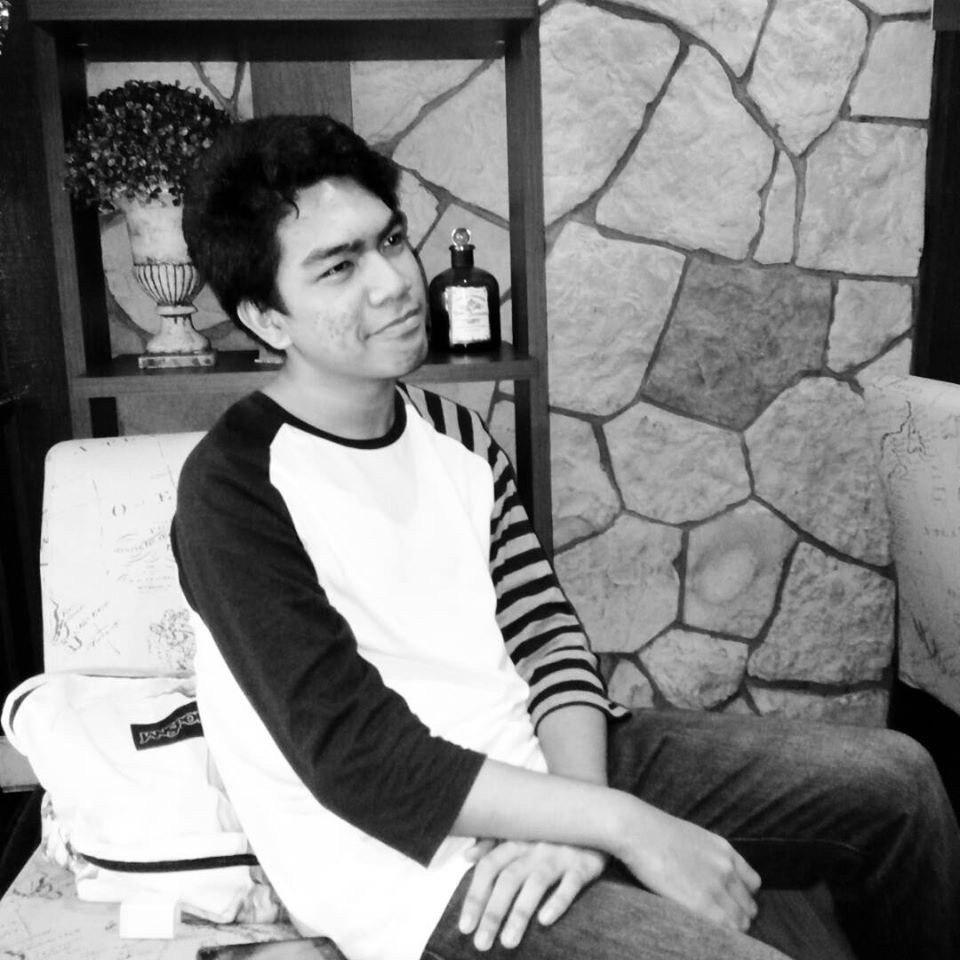Auto Battle games were the craze of 2019. The genre blew up because of its accessibility to casuals despite being hosted by companies that made MOBA games, while also presenting a great amount of competitive play for the true strategists out there.
A year ago, the way that Auto Battle genres blew up was similar to the Battle Royale craze. This met the players’ fantasy of not having to need to invest a lot of time to get into the meat and potatoes of the game—even casuals can experience the full potential of the game and choose to stay to study more compositions and combinations that will give them the win.
As time passed, the myriad of Auto Chess-like games were tested by time, and now only few are able to stay afloat with a dedicated playerbase. Unfortunately, Valve was not one of those, and let’s take a trip to memory lane and see how Dota 2 was a platform that pioneered (and ultimately flopped) the genre.
Dota Auto Chess
Dota Auto Chess was a custom map made by Drodo Studio, made with Dota 2’s tools for modded gameplay. Released in January 2019, it slowly crept its way to stardom with its simplistic but also in-depth playstyle, hence the name “Auto Chess”. It attracted casuals and competitive folk alike, and was even the sole reason for Dota 2’s spike in player count by 23% about two months after its conception.
In Dota Auto Chess, pieces are represented by different heroes that possess different abilities and belonging to a specific race. When several of a race is on board, special effects come into play that grants various buffs to the units. Players can adjust the way their pieces are positioned to create a formation. Besides that, the “Auto” part comes into play as players can sit back and watch the battle unfold.
Drodo Studio created a game so popular among both casuals and competitors that it’s the first of its kind in the newly made genre of auto battlers, prompting Twitch to create a channel dedicated for Dota Auto Chess. If a streaming giant like Twitch made such a move, it has to speak volumes for the huge impact that it has on the gaming scene.
The rise of Teamfight Tactics and other auto battlers
Thanks to the success of Dota Auto Chess, other companies wouldn’t allow them to hoard all the success. Competition started to rise in the middle of 2019, with League of Legends, Dota 2’s sworn rival, announcing their own take in the auto battle genre: Teamfight Tactics.
What differentiates Teamfight Tactics from Dota Auto Chess is the more casual approach to things, coupled with an overall faster game time at about the same time as the average League game. In addition, it uses the beloved heroes from the League of Legends game, and specific pieces are added to a race with a matching skin, creating an immersive experience.
Coupled with their massive playerbase and more casual approach, Riot Games made a successful competition to Dota Auto Chess, and reported a whopping 33 million global player count monthly.
Other auto battlers also came to the scene in the following months, mostly for the mobile gaming demographic. Tencent’s Chess Rush, Auto Chess VNG (the mobile adaptation of Dota Auto Chess), and many more rip-offs came to light to capitalize on the success of the auto battler genre, but there’s one specific game that showed how hard it actually is to try and capitalize on the trend: Valve’s Dota Underlords.
The failure that is Dota Underlords
Dota Underlords was Valve’s stand-alone take on the auto battler genre. While it sounds counterintuitive that they would make their own auto battler when Dota Auto Chess is a thing, it’s because Valve failed to make a deal with Drodo Studio, the creator of Dota Auto Chess, in trying to make a standalone version through collaboration.
Looking at the Steam Charts for Dota Underlords, it peaked at 202,000 players and had about 77,000 average players on its first month. The trend went downhill from there until early 2020, but resumed its downhill thread soon after. As of July 2020, it only had a peak of about 9,000 players and an average of about 5,300 players.
While Dota Auto Chess was the pioneer and Teamfight Tactics made their own very unique take, Dota Underlords did not have much to distinguish it from all the other auto battlers. Valve claims that it is much more accessible to newer players, but in the grand scheme of things, there was no good reason to ditch Dota Auto Chess for Dota Underlords.
This is not the first time Valve tried to create a game to catch the market and failed miserably. Artifact, Valve’s own take on the collectible card game genre, almost lost its entire playerbase a few months after its release. Despite the designer of the game being the same person who created Magic: The Gathering, the early reception of the game was abysmal with Valve’s pay-to-win mechanics—a huge turn-off to modern gaming.
Do you think Valve could have taken better steps to developing a better game as successful as Dota 2?















